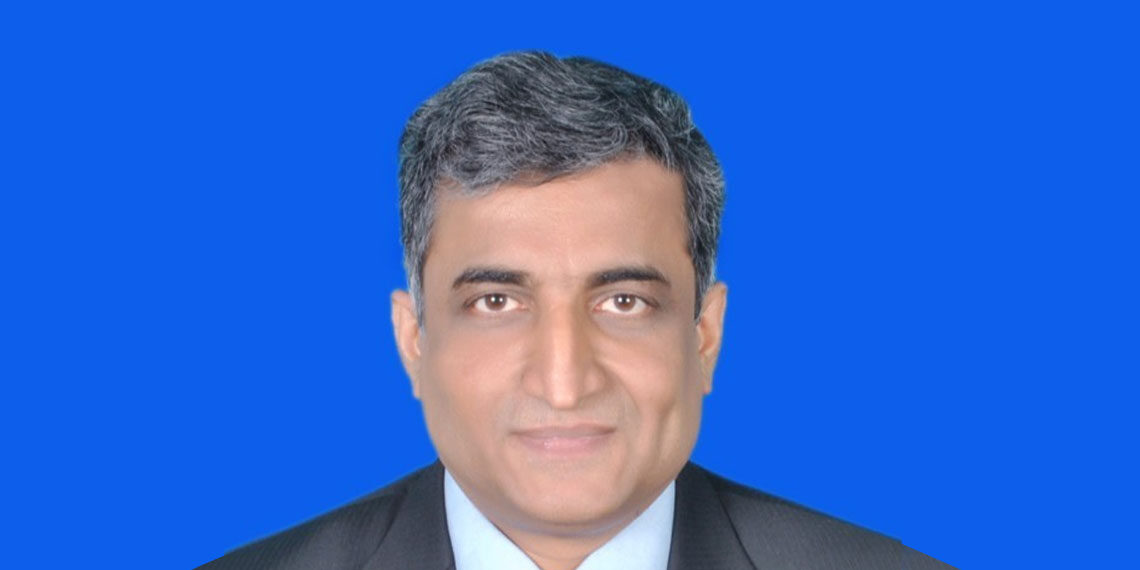By Dilip Krishnaswamy, IEEE Member
In a candid conversation, Electronics Clap spoke to Dilip Krishnaswamy, IEEE Member to know how is India moving towards adopting 5G and what 2022 holds for the industry.
1. What are the 5G-powered solutions helping to shape up the current market with extraordinary speed and connectivity?
5G-powered solutions are making strides – undoubtedly shaping up the current market with extraordinary speed and connectivity. When we click on a link to stream a video, the lag time between the request to the network and its delivery to your device is about twenty milliseconds. However, the advancement of 5G technology will greatly increase bandwidth capacity and transmission speeds. 5G ensures a faster cellular connection – faster than a fiber-optic cable connection. Further, its higher data transmission speed enables futuristic cellular technology and the deployment of 5G small cells is only going to challenge the existing 4G capacity with support for eMBB (enhanced mobile broadband) network. 5G is in its initial launch phase in the South Asia market. 5G coverage buildouts, spectrum auction and sharing, 5G Open RAN and private networks are making a significant difference in providing increased speed and improved connectivity in the current times. The efforts by made by states and businesses are paving the way for future advancements and the 6G early research phase.
2. How well are we prepared for 5G? How soon can we have full-fledged 5G implementation across the nation?
5G technology is advancing so quickly on so many fronts that it can be challenging to measure its rollout in the region. India is in the first phase of launching 5G services in the country this year. At present, the Department of Telecommunications (DoT) together with leading service providers have set up 5G trial sites in metro cities to test and measure the usability, effectiveness of the technology across various sectors. The technology, however, is quite mature already with multiple vendors providing the capability, and with domestic technology development in progress, we are most likely to launch 5G by 2022 owing to the success of R&D carried out by renowned institutions and the Indigenous 5G Test bed project. The implementation will offer exciting possibilities for new developments and applications in numerous industries and economic sectors.
3. Please highlight the efforts taken by the government and the telecom companies to ensure the best 5G experience.
The Indian government is taking all the right steps to bring the latest fifth-generation technology under the Digital India initiative. One of the reasons why 5G is maturing is because technological advancement is valued around the world. Realizing the phenomenal potential of the technology, the government and the telecom companies are working actively to advance 5G in India. This technology has been conceived as a foundation for expanding the potential of the Networked Society. According to DoT, Digital Transformation through 5G will centrally shape other national Mission Mode projects. 5G will provide a new proportion to the Digital India, Smart Cities & Smart Village missions. It has made large contributions to Make in India and Start-Up India missions. Some of the efforts are underway in collaboration with telecom companies to mutually determine fair pricing for the 5G spectrum in India, particularly in the sub6GHz frequency band, and subsequently in the higher frequency mmWave bands as well. Telecom companies are yet to ensure deployment of 5G technology wherever there is a growing requirement of the technology.
4. How will 5G transform sectors, especially digital payments, education, healthcare, and manufacturing?
Speaking about the technology usage in various sectors, 5G connections will cover the specific network needs and contribute immensely to the digitalization of vertical markets. The advanced services will enhance relationships by decreasing troublesome lag times. The network resources can provide a better performance guarantee – especially for applications operating with dedicated resources. This can be relevant whether it is to support a secure digital payment framework or to provide time-critical medical services, e-health consultations, smart teaching modules, or improve cattle farming efficiency, connectivity infrastructure in smart cities and to help manage supply chains or for smart IoT data processing in the manufacturing sector. The automated and digitized systems will ensure power arrangement, optimizing processes, and effective delivery.
5. OpenRAN is critical to 5G, but there are several challenges in the road to implementing it. Throw some light on this and how the bottlenecks can be eliminated?
Network vendors have established a growing focus on high-speed Ethernet and performance testing as data rates in early 5G networks grew 2 to 2.5 times more than 4G. Different entities are all working together to make OpenRAN a reality. There are multiple facets to it – disaggregation, virtualization, programmability, and openness. Traditional network infrastructure provides very little flexibility across these dimensions whereas OpenRAN embraces all of them to create exciting possibilities for future networks. Enabling features to realize capabilities across all these dimensions can be challenging yet interesting. Some of the key challenges include meeting latency requirements for different control loops, coordination across control loops, smart data processing, support for machine learning and real-time inferencing, enabling secure processing, and optimizing the disaggregated network components. Together with the support for dynamic scaling using virtualization. OpenRAN provides programmability and open interfaces for interaction between different network entities seamlessly.
6. 5G in 2022. Can you highlight certain trends and opportunities in the segment?
India is rapidly shifting from 4G to 5G technology primarily, in line with government initiatives and objectives to cater to the growing consumer interest. The country is actively building a national fibre network linked to numerous network cables. The reliance on 5G will serve as the backbone for fixed broadband, mobile services, network security and easy accessibility. Pandemic-induced limitations have pushed most of the industries to be more agile and responsive than was thought possible. India has already witnessed a growing utilization of internet facilities; online procedures have further raised the demand for 5G in the region. The 5G Small cell deployments to augment the current 4G macrocell network will take a boom in the coming times. Amidst the ongoing efforts, the private 5G networks, high bandwidth services, support for autonomous vehicles/drones/UAVs, and smart intelligent services across different verticals will be exciting and will dramatically get enhanced by 5G technology.








